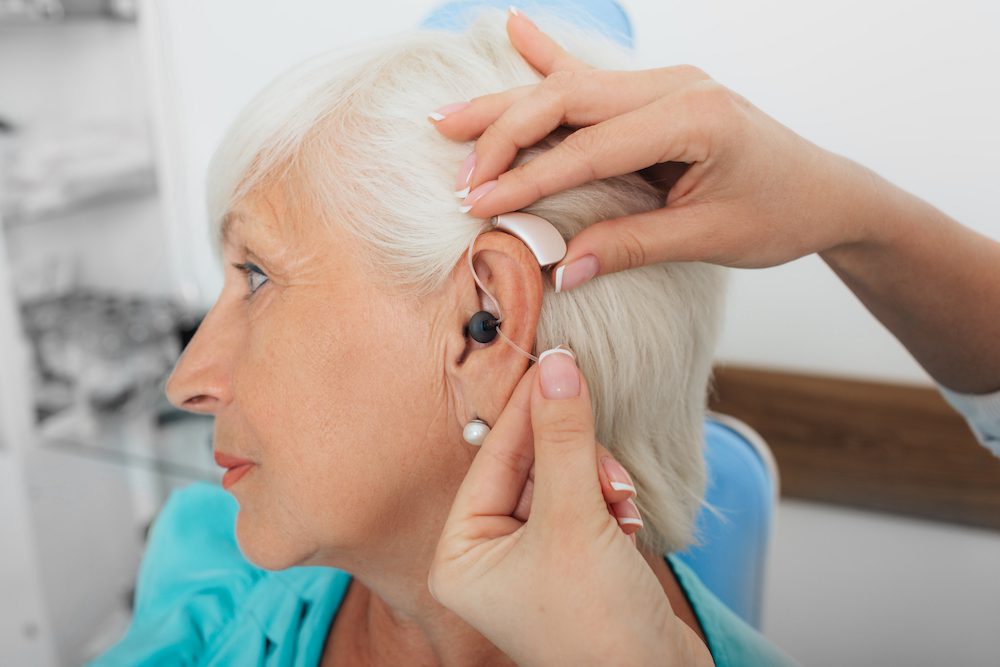Spring Allergies and Hearing Loss: What’s the Connection?
Spring is a time of blooming flowers and chirping birds, but for many, it


Spring is a time of blooming flowers and chirping birds, but for many, it

Hearing health technology is always on the move. Just as smartphones and

It is often left up to individuals to care for their hearing health,